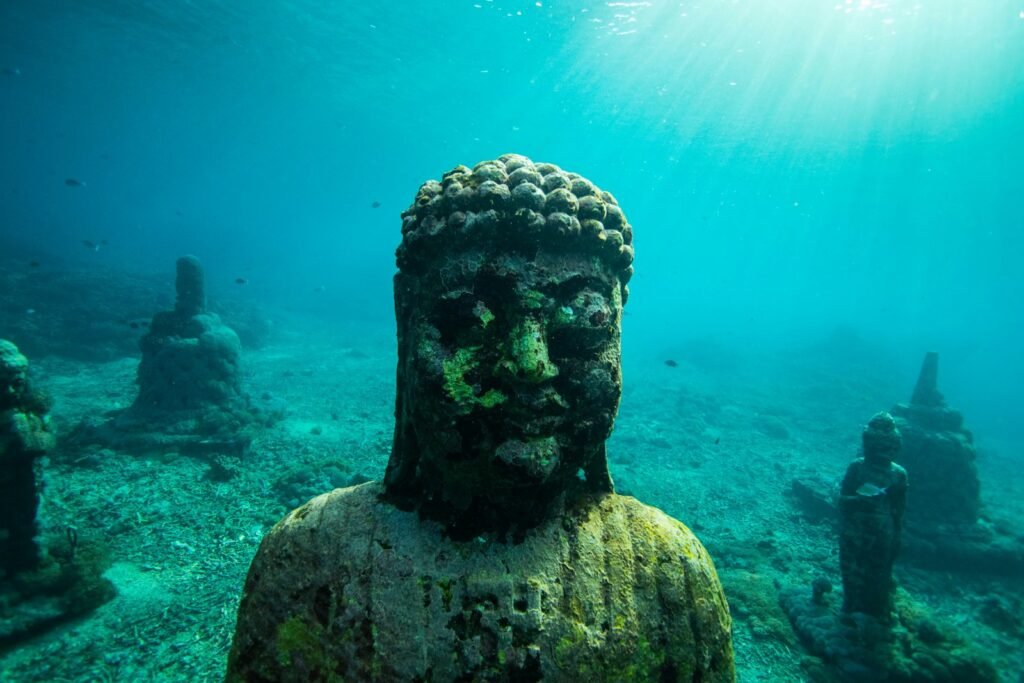Imagine standing on the edge of a shimmering shoreline, watching gentle waves roll onto the sand, but knowing that just beyond your view, entire cities, ancient forests, and lost worlds may be hidden beneath the surface. It’s a thought that sends chills down your spine—the idea that our planet’s greatest untold stories are submerged and waiting to be discovered. For centuries, humanity has been obsessed with what lies above ground, but the true treasure troves of our history, evolution, and culture might actually be underwater. Why is it that we’ve only scratched the surface? And what are we really missing by not digging deeper, literally, beneath the world’s coastlines?
The Unseen Archives of Human History
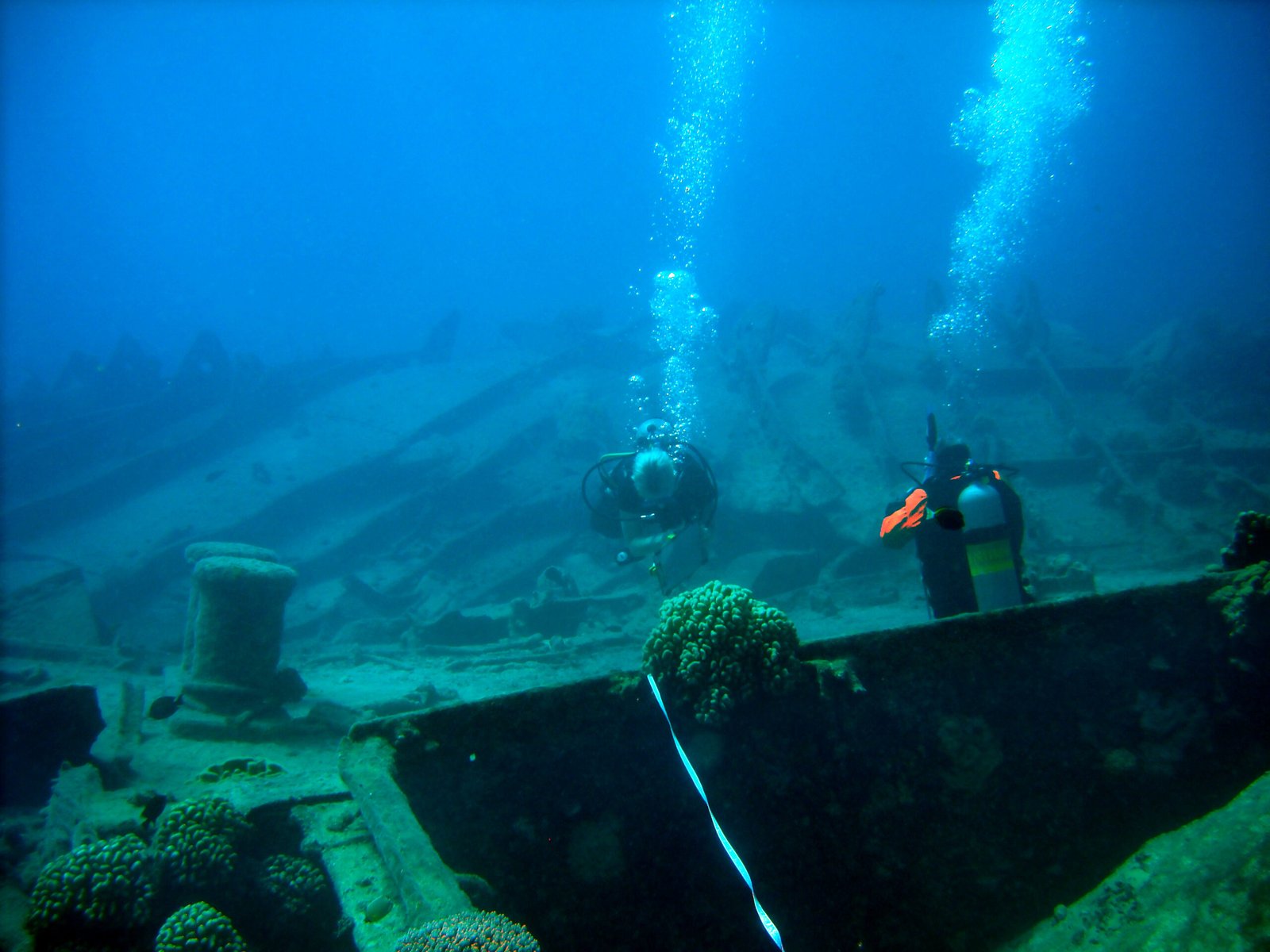
Beneath the world’s oceans and seas lie vast stretches of land that were once dry, bustling with human life. During the last Ice Age, sea levels were dramatically lower, exposing coastal plains that hosted communities, trade routes, and entire ecosystems. When the ice melted, these landscapes were swallowed by rising waters, preserving evidence of ancient civilizations in an underwater time capsule. From stone tools to remnants of dwellings, these submerged sites are invaluable for understanding human migration and adaptation. Unfortunately, because these sites are underwater, they often go ignored in mainstream archaeology. Each overlooked site is a missing page of our collective story, waiting for modern explorers to turn the tide.
Lost Cities and Sunken Settlements
Sunken cities sound like the stuff of myth—think Atlantis or the fabled ruins off the coast of India. But real-life examples abound: Pavlopetri in Greece, a Bronze Age city now resting under the sea, and the Egyptian city of Thonis-Heracleion, submerged for over a thousand years. These sites reveal sophisticated urban planning, trade networks, and daily life frozen in time. What’s haunting is how many more such cities may be out there, undiscovered because we lack the resources or will to search. The stories locked within these ruins could rewrite our understanding of the world’s first great civilizations.
Shipwrecks: Time Capsules of Trade and Tragedy
Every shipwreck is a floating museum, holding secrets from the past. Whether it’s a Roman trade galley filled with amphorae or a World War II battleship bristling with forgotten technology, these wrecks offer unrivaled snapshots of specific historical moments. Some shipwrecks, like the Titanic or the Spanish galleons near Florida, have become legends in their own right. But for every famous wreck, there are thousands more quietly decaying on the seafloor. These vessels can reveal details about ancient trade, warfare, and even daily life that written records have long since forgotten.
Submerged Landscapes and Prehistoric Life
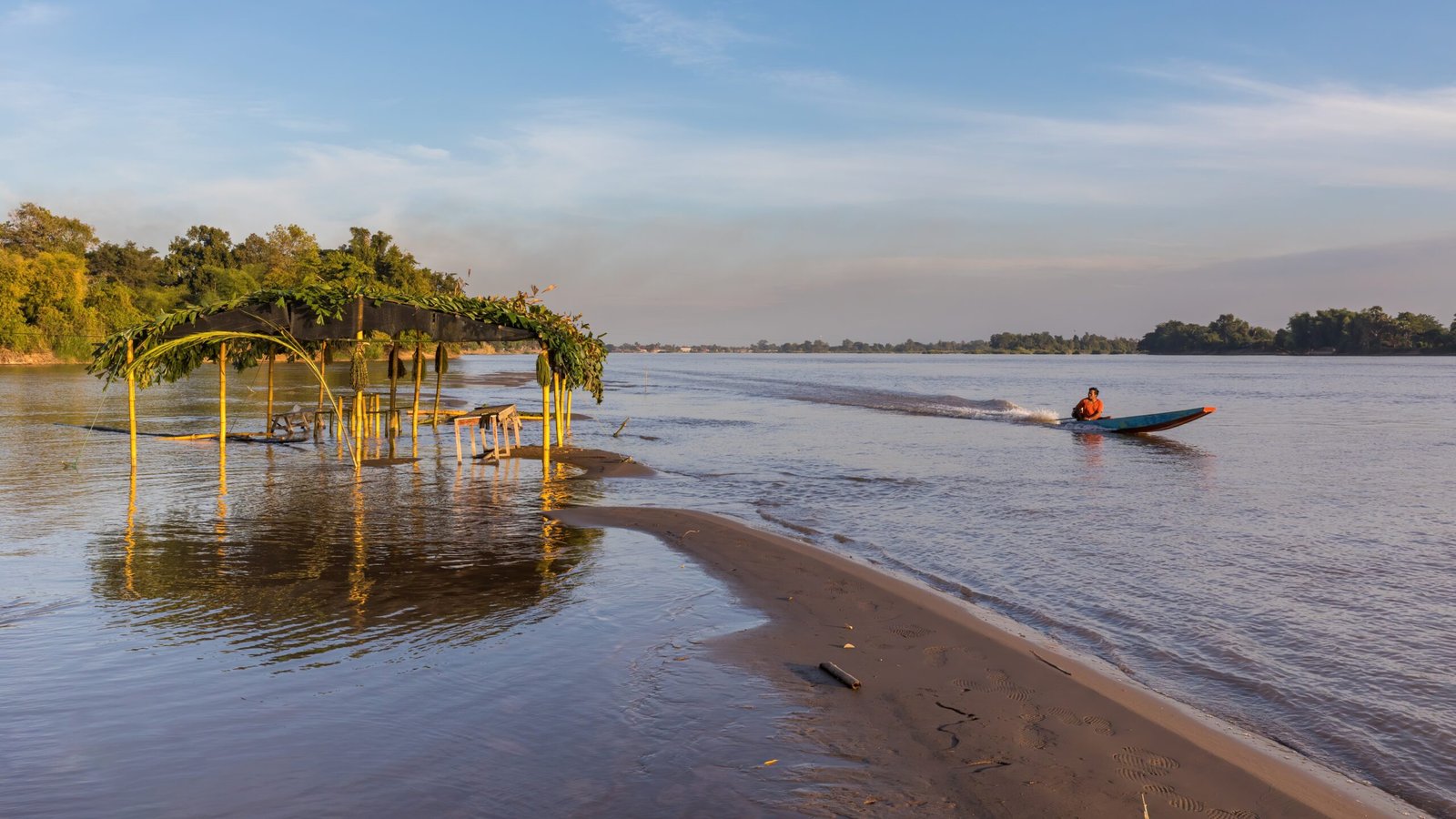
Before the world’s coastlines took their current shape, ancient landscapes teemed with forests, rivers, and animal life. The North Sea’s Doggerland, now a watery expanse, once connected Britain to mainland Europe and was home to mammoths, reindeer, and human hunters. Underwater excavations here have found tools, bones, and even traces of ancient fire pits. These discoveries transport us back to a time when the world was unrecognizable, challenging our assumptions about where and how early humans lived. There are likely countless other “lost continents” waiting to be found.
Climate Change: Lessons from the Drowned Past

Rising seas have repeatedly reshaped the earth’s coastlines, flooding cities and altering habitats. By excavating underwater sites, scientists can trace how ancient communities adapted—or failed to adapt—to catastrophic environmental changes. These lessons are becoming more urgent as modern-day coastlines face threats from global warming and rising oceans. The evidence found underwater can inform today’s climate strategies, showing us how resilient or vulnerable past societies were in the face of change. It’s almost like Mother Nature left us a warning in a watery bottle.
Unexplored Biodiversity Hotspots

Underwater excavations aren’t just about ancient artifacts—they’re also about life. The shallows around lost coastlines often shelter unique ecosystems, untouched by modern development. These habitats can host species found nowhere else, from ancient corals to mysterious deep-sea creatures. Studying these environments helps scientists understand how life adapts to shifting climates and ecosystems. Sometimes, the line between archaeology and biology blurs, with ancient shipwrecks becoming artificial reefs and new homes for marine life.
Technological Barriers and Breakthroughs

Excavating underwater isn’t easy. Darkness, pressure, and shifting sands make exploration a logistical nightmare. For decades, these obstacles kept most underwater treasures out of reach. But recent advances—like sonar mapping, remotely operated vehicles (ROVs), and advanced diving equipment—are changing the game. Now, scientists can map seafloors in exquisite detail and recover delicate objects without ever touching them. Every technological leap makes the ocean’s secrets a little less secret.
Political and Legal Hurdles

Delving beneath the waves is rarely just a scientific endeavor. Underwater sites often fall within disputed territories or are protected by strict national and international laws. These regulations, while designed to prevent looting or environmental destruction, can also stifle legitimate research. Sometimes, the greatest mysteries remain untouched simply because no one can agree on who owns them. Navigating this legal maze requires diplomacy, patience, and a deep respect for the cultural significance of underwater finds.
The Role of Local Communities
Coastal communities are often the first to spot signs of submerged ruins or shipwrecks. Their stories, legends, and everyday knowledge can guide scientists to sites that might otherwise be missed. Involving locals in underwater excavations isn’t just respectful—it’s essential. They can help protect sites from looters and ensure that discoveries benefit everyone, not just distant researchers. This partnership transforms archaeology from a solitary pursuit into a shared adventure.
Preservation Challenges in the Deep
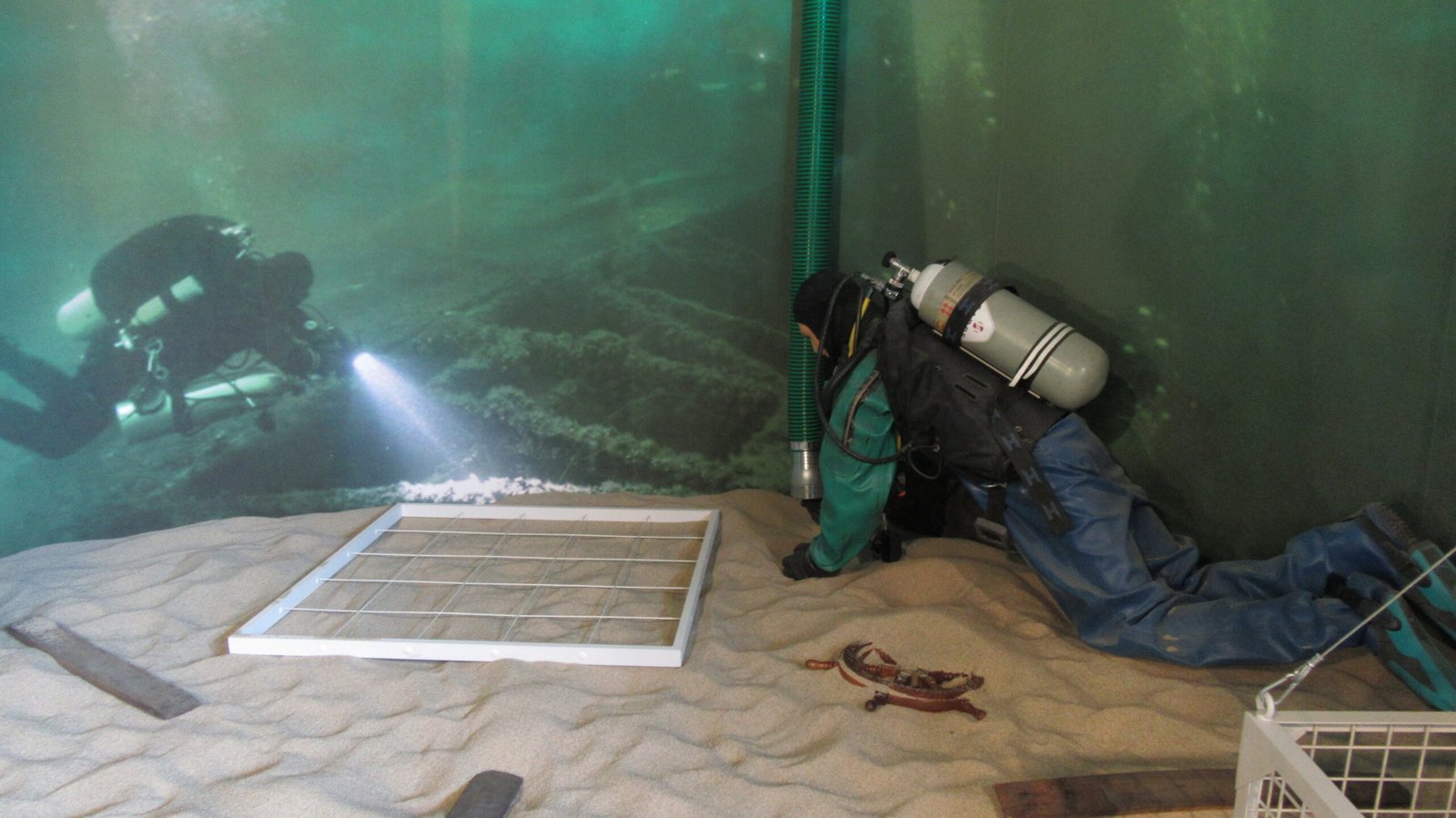
Underwater sites face unique threats: shifting sands, corrosive saltwater, and voracious marine life can destroy fragile artifacts in a matter of years. Once discovered, these sites require delicate conservation to prevent rapid decay. Scientists must balance the urge to excavate with the need to preserve, sometimes opting to leave sites untouched until technology improves. The ocean can be both a preserver and a destroyer, making the race against time very real.
Myths, Legends, and Cultural Memory
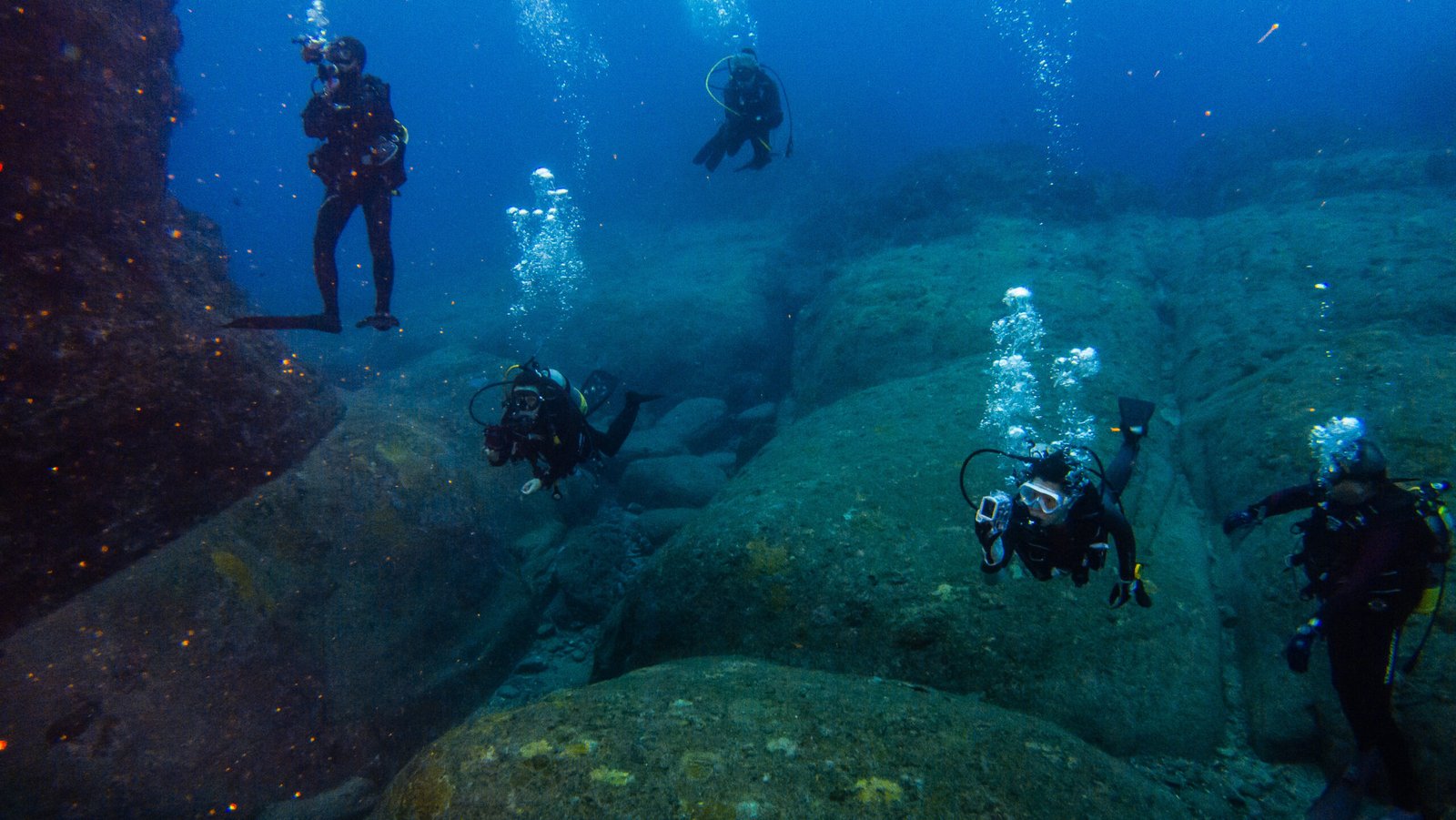
Many cultures have stories of cities lost to the sea—tales that blend history with myth. These legends, from Atlantis to Ys, are more than fanciful stories; they often hint at real events, like ancient floods or tsunamis. Archaeologists use these tales as clues, searching for evidence that can separate fact from fiction. Sometimes, a single discovery can validate centuries-old legends, transforming myth into concrete history and reminding us that the boundary between imagination and reality is often razor-thin.
Economic Potential Beneath the Waves
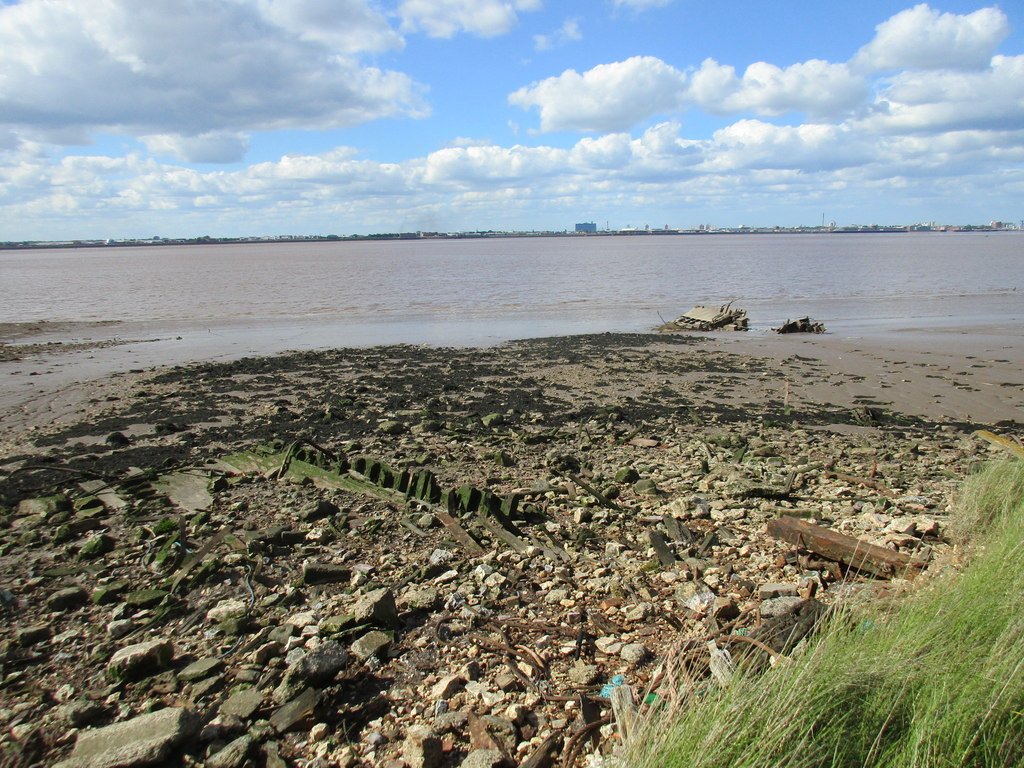
Underwater excavations aren’t just about history—they can also yield economic rewards. Shipwrecks containing gold, silver, or precious cargoes have tempted treasure hunters for generations. While the focus today is more on cultural heritage than profit, the economic impact of underwater finds can be significant. Museums, tourism, and even new technology developed for underwater work can bring jobs and investment to coastal regions. But this boom comes with a warning: unchecked exploitation can destroy the very heritage that makes these sites valuable.
The Thrill of Discovery: Why We Explore
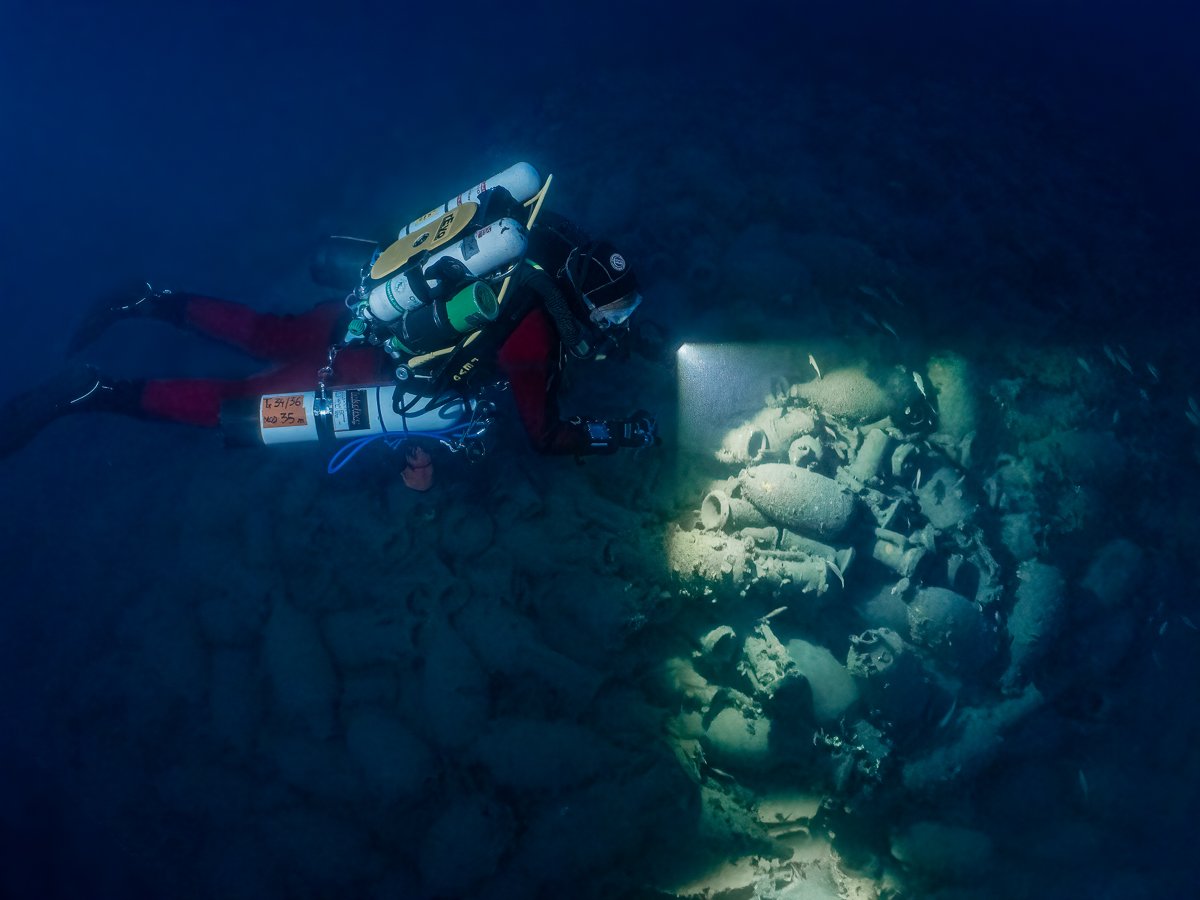
There’s a deep, almost primal excitement in being the first to glimpse a relic untouched for millennia. Underwater archaeology is the ultimate adventure—a blend of danger, mystery, and the promise of rewriting history. Every dive is a gamble, with the possibility of unearthing something that changes everything we know. This sense of wonder drives scientists, divers, and dreamers alike to keep searching, even when the odds seem impossible.
Environmental Impact and Responsibility
Underwater excavations must tread lightly. Disturbing delicate ecosystems or releasing toxins from old shipwrecks can do more harm than good. Responsible archaeologists work closely with marine biologists to minimize their footprint and often use non-invasive techniques to study sites. Balancing the thirst for knowledge with the need to protect the ocean is a constant challenge, but it’s one that’s essential for the future of both science and the sea.
Education and Inspiring the Next Generation
There’s something magical about stories of lost cities and sunken ships—they capture imaginations like nothing else. By sharing the excitement of underwater excavations with students and the public, scientists can inspire a new generation of explorers, engineers, and environmentalists. Programs that involve young people in real-world research, even virtually, break down barriers and show that science is for everyone. The next great discovery could come from a curious kid staring out at the ocean, dreaming of what lies beneath.
The Untapped Promise of Future Discoveries
Despite all our advances, the ocean remains one of Earth’s last great frontiers. Most underwater sites have never been surveyed, let alone excavated. Each year brings new discoveries—from entire sunken villages to mysterious objects that defy explanation. The promise of what we haven’t found yet is what keeps the field alive. Imagine what secrets are still waiting, silent and patient, beneath the waves.
A Call to Look Below the Surface

The world’s coastlines are more than just scenic borders—they’re gateways to the past, holding mysteries that could change how we see ourselves and our planet. Underwater excavations offer a bridge between history, science, and imagination, inviting us to look beyond what’s visible and ask daring questions. Every artifact, every wreck, every lost landscape is a reminder that the story of humanity is incomplete without the chapters written beneath the sea. What wonders might we uncover if we finally decide to look below the surface?

